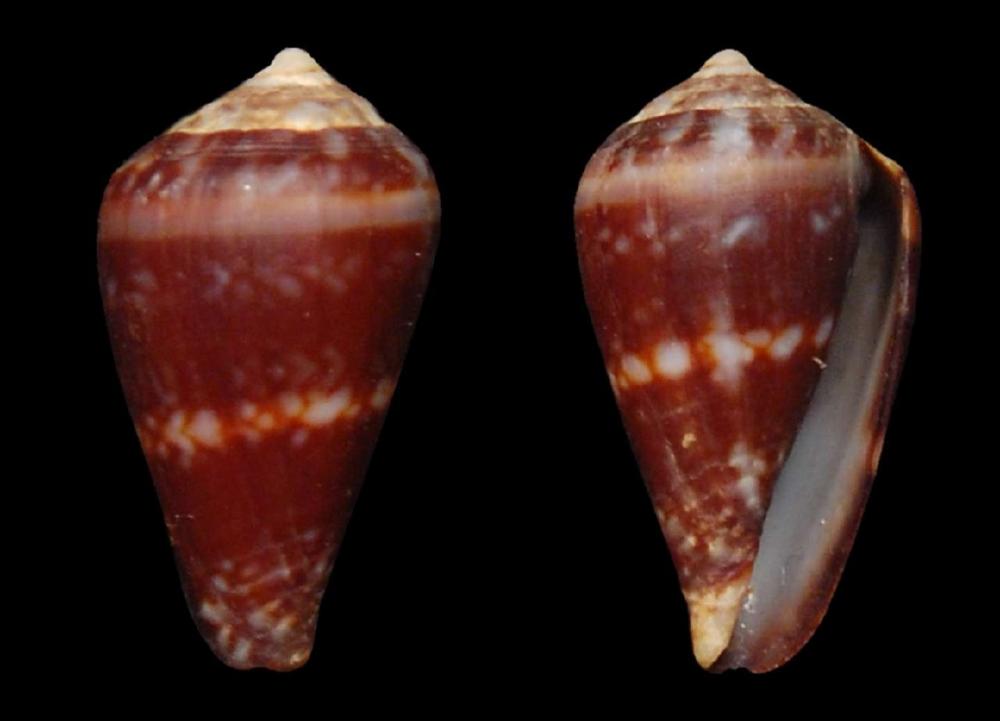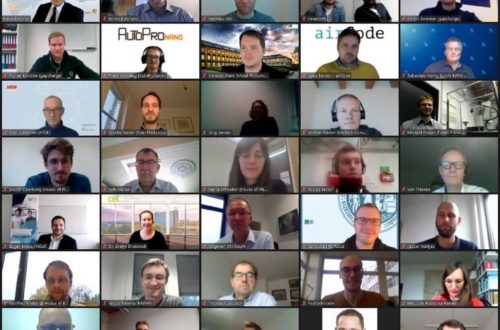
Extinction Confirmed: Cape Verde’s Cone Snail Lost Forever
Conus lugubris, a cone snail once unique to Cape Verde, has now been assessed as Extinct in the latest update of the IUCN Red List of Threatened Species. This tiny marine snail, about the size of a peanut, was restricted to the north shore of São Vicente island. The last confirmed sighting of a living specimen was in 1987, despite annual expert searches led by Guilherme Mascarenhas of Universidade Técnica do Atlântico since 2011.
Mollusc expert at Universidad de Cadiz and lead assessor, Dr. MJ Tenorio explains:
“No living specimens have been collected of this species for almost 40 years. This represents a timespan of at least six generations where this species has not been found. Based on this, we can confidently and sadly say that Conus lugubris is extinct.”
Habitat Loss Drove the Extinction
Until the late 1980s, C. lugubris was abundant in the Matiota beach area. Its disappearance is attributed to severe habitat degradation from coastal development, which seriously degraded most of its limited habitat. The Red List status has now been revised from Critically Endangered (2011) to Extinct (2025).
From Loss to Action
Although the extinction of C. lugubris is a devastating blow for biodiversity, its story has catalyzed meaningful conservation change. The comprehensive 2011 assessment of cone snails, which highlighted the vulnerability of Cape Verde’s unique biodiversity, played a pivotal role in the government’s decision to pass legislation in 2022 to protect the nation’s endemic species. This important legislation represents the critical collaboration of researchers from the University of Cádiz and the Museo Nacional de Ciencias Naturales-CSIC in Spain led by Dr. Rafael Zardoya, in cooperation with Rui Freitas from the Universidade Técnica do Atlântico (UTA) in Mindelo, Cabo Verde.
Scaling Up Marine Conservation
The extinction assessment of C. lugubris is part of a larger initiative led by the Senckenberg Ocean Species Alliance to strengthen representation of marine invertebrates on the IUCN Red List. Currently, only 15% of all species assessed for the Red List of Threatened Species are marine, and just 20% of those are invertebrates. To close this gap, the Marine Invertebrate Red List Authority (MIRLA) was created to accelerate assessments of marine invertebrate species worldwide.
Prof. Dr. Julia Sigwart, head of the Malacology Section at the Senckenberg Research Institute and Museum Frankfurt and organizer of MIRLA, emphasized:
“The Red List is an important tool for policy makers to take conservation action. Even though it is tough to assess an animal as Extinct, we are hopeful that the legislation spurred by this cone snail’s story can prevent other animals from meeting the same fate.”
About Cone Snails
Cone snails (family Conidae) are remarkable marine mollusks known for their vividly patterned shells, venomous harpoons, and medically valuable conotoxins. Yet their charisma masks vulnerability: cone snails face mounting threats from habitat loss, and in a much lesser scale, shell collecting. Modern molecular biology techniques have contributed to minimize the impact of samples collected for research and bioprospecting.
Senckenberg – Leibniz Institution for Biodiversity and Earth System Research // Senckenberg Gesellschaft für Naturforschung
Senckenberganlage 25
60325 Frankfurt
Telefon: +49 (69) 7542-0
Telefax: +49 (69) 746238
http://www.senckenberg.de
Co-Leiterin Senckenberg Ocean Species Alliance
E-Mail: julia.sigwart@senckenberg.de
Public Engagement Strategist Senckenberg Ocean Species Alliance
Telefon: +49 (69) 7542-1359
E-Mail: alica.torkov@senckenberg.de
Leitung Pressestelle & Social Media
Telefon: 06975421434
E-Mail: judith.joerdens@senckenberg.de
![]()



